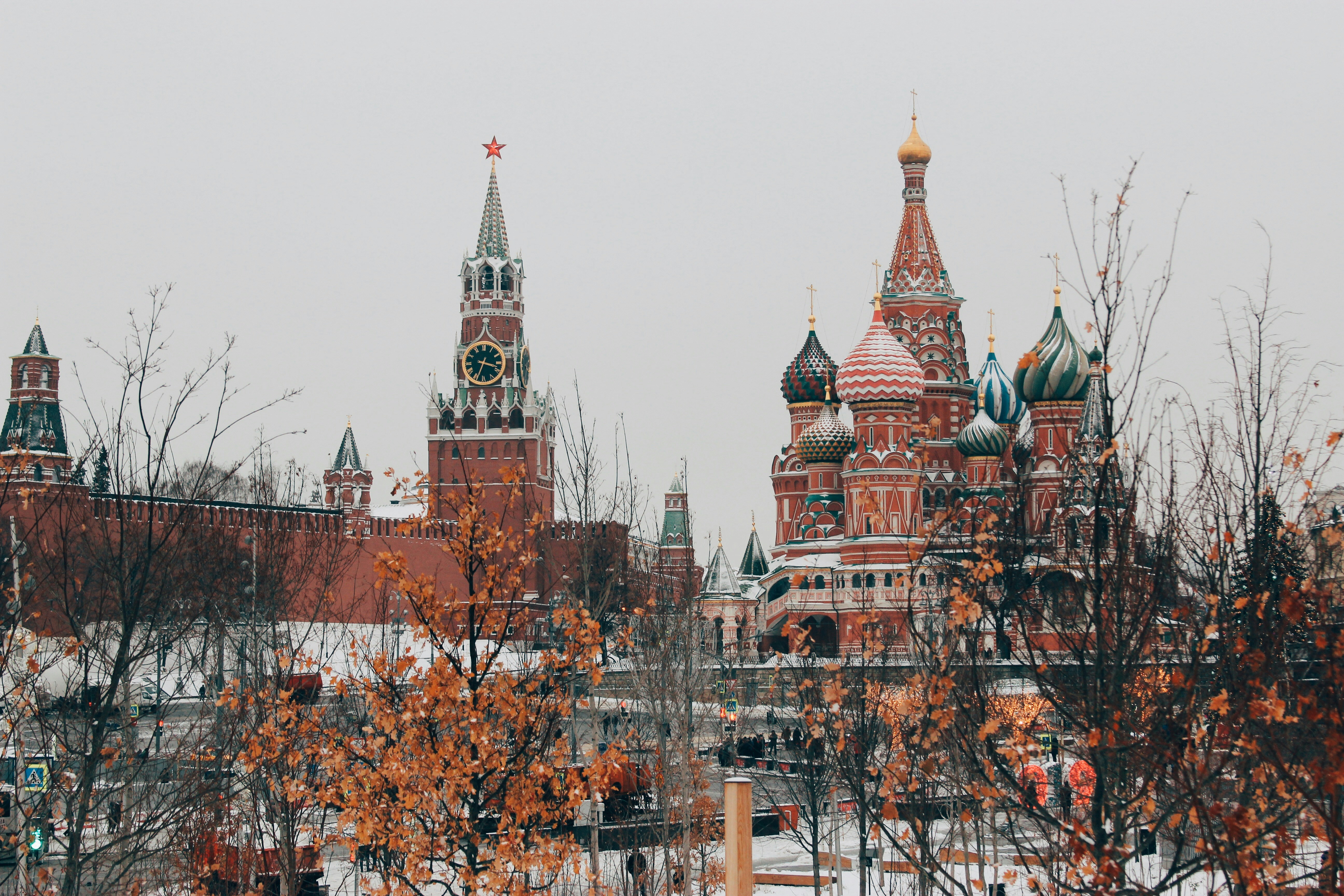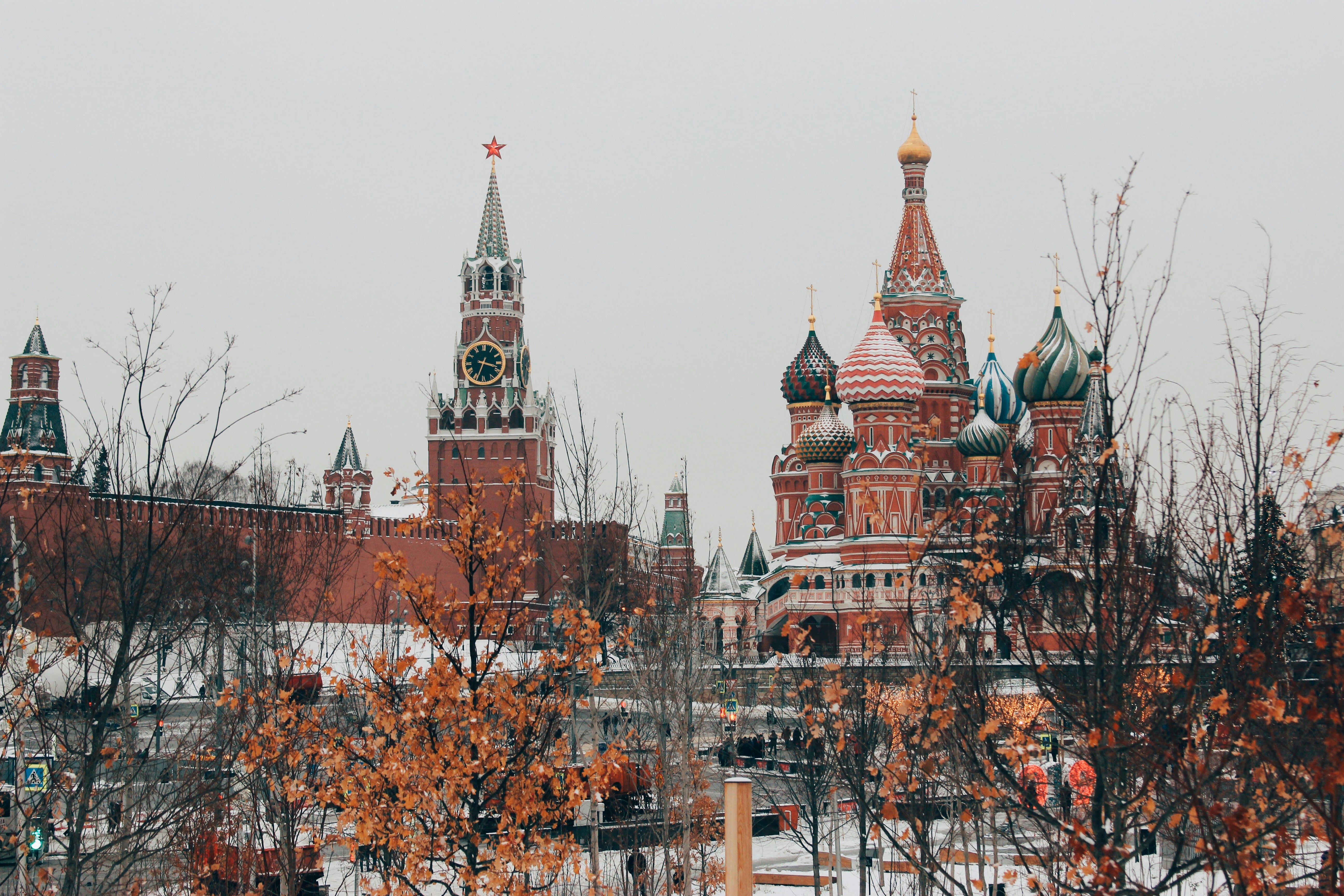The Enigmatic Kremlin
The Kremlin, an iconic symbol of Russian heritage and power, stands as a testament to the country’s rich history and enduring influence. Located in the heart of Moscow, this fortified complex has served as the epicenter of political activity in Russia for centuries, housing the highest offices of the Russian state and the residence of its leaders. The Kremlin is not merely a collection of magnificent buildings; it is a repository of profound cultural and historical significance, drawing millions of visitors who seek to unravel its multifaceted legacy.
Constructed during the 15th century, the Kremlin’s architectural grandeur reflects the confluence of artistic styles and the strategic importance it has held throughout various epochs. From the reign of Ivan the Great to the tumultuous events of the 20th century, the Kremlin has borne witness to pivotal moments that have shaped the course of Russian and global history. This historical nexus has always been shrouded in an aura of mystery, partly due to its restricted access and the layers of secrets that lie beneath its imposing walls.
Intrigue surrounding the Kremlin is not confined to its visible structures. Beneath its surface lies a network of subterranean passages, vaults, and chambers, each with tales of their own. These hidden corridors have fueled numerous legends and speculations, further cementing the Kremlin’s status as a place of enigma. Scholars and historians have long been fascinated by these underground secrets, striving to uncover the truths concealed within these ancient passages.
As we delve deeper into the mysteries beneath the Kremlin, we will explore the historical narratives, architectural marvels, and the untold stories that reside under its grounds. This exploration will shed light on why the Kremlin continues to captivate the imagination of many, standing as a symbol of both power and mystery in the heart of Moscow.
The Underground Tunnels: Myths and Realities
The Kremlin’s underground tunnels have long been shrouded in mystery and intrigue, captivating the imaginations of historians and conspiracy theorists alike. These subterranean passages, rumored to weave through the earth beneath Moscow, have origins that date back centuries. Historical documents and modern research provide a complex tapestry of fact and fiction that continues to fuel curiosity.
The origins of the Kremlin’s tunnels trace back to the 15th and 16th centuries during the reign of Ivan the Terrible. Historical records suggest that these tunnels were initially constructed for strategic military purposes, allowing for secretive movement of troops and supplies. Over the centuries, the tunnels purportedly evolved to serve various functions, including escape routes for royalty, storage for valuable artifacts, and even clandestine meeting spots for political conspiracies.
Despite these compelling narratives, the reality of the Kremlin’s tunnels is less fantastical but equally fascinating. Archaeological excavations and modern-day research have confirmed the existence of several underground passages. These discoveries primarily consist of service tunnels used for maintenance and infrastructure purposes. Some of these tunnels have been mapped and studied, revealing intricate designs and construction techniques that reflect the technological advancements of their time.
However, the more sensational claims—such as tunnels leading to secret chambers or extensive networks connecting to distant parts of the city—remain largely unsubstantiated. While some anecdotal evidence and eyewitness accounts suggest the existence of such elaborate systems, concrete proof is elusive. Modern-day explorations are often hampered by the Kremlin’s status as a high-security area, limiting access for thorough investigation.
In summary, the tunnels beneath the Kremlin are a blend of historical fact and enduring myth. While certain passages have been verified through archaeological efforts, many stories remain part of Moscow’s rich tapestry of legends. As research continues, the mysteries of these underground corridors may either be dispelled or further deepened, adding to the enigmatic allure of the Kremlin’s hidden secrets.
The Secret Bunkers: Cold War Relics
During the height of the Cold War, a period marked by intense geopolitical tension, the Soviet Union undertook a series of clandestine construction projects to ensure its strategic advantage and survival. Among these projects were the secret bunkers allegedly built beneath Moscow. These subterranean fortresses were designed not just as shelters but as command centers capable of sustaining key government operations in the event of a nuclear confrontation.
One of the most talked-about bunkers is Bunker-42, located in the heart of Moscow, 65 meters below the surface. Originally built in the 1950s, this bunker was intended to withstand a direct atomic blast and serve as a secure control center for military and political leaders. It was equipped with advanced communication systems, living quarters, and stockpiles of supplies, reflecting the era’s pervasive atmosphere of paranoia and preparedness.
Declassified documents and anecdotal evidence suggest that Bunker-42 was just one of many such facilities. These bunkers were interconnected by a network of tunnels, ensuring that critical personnel could move securely between locations. Some sources even claim that these underground passages extended to key government buildings like the Kremlin, providing a hidden lifeline in times of crisis.
The strategic importance of these bunkers cannot be understated. They were integral to the Soviet Union’s defense strategy, ensuring command continuity and safeguarding leadership against potential airstrikes or nuclear attacks. The mere existence of these bunkers served as a psychological deterrent, showcasing the USSR’s readiness to endure even the gravest threats.
Today, many of these Cold War relics have been decommissioned, with some repurposed as museums or commercial spaces. Bunker-42, for example, now operates as a Cold War museum, offering guided tours that provide a glimpse into the secretive world of Soviet-era military preparedness. These historical sites serve as poignant reminders of a time when the specter of nuclear war loomed large, and nations went to extraordinary lengths to secure their survival.
Hidden Treasures: Legends of Lost Riches
The Kremlin, with its rich and complex history, has been the focal point of numerous legends and rumors, especially those involving hidden treasures. Over the centuries, tales of lost riches, including precious artifacts, gold, and other valuable items, have captured the imagination of historians and treasure hunters alike. These stories often surface during times of war or political upheaval, when valuables were hidden to protect them from invaders or confiscation.
One of the most enduring legends is that of Ivan the Terrible’s hidden library. According to folklore, the infamous tsar amassed a vast collection of priceless manuscripts and books, many of which were believed to be of Byzantine origin. Despite numerous searches, the elusive library has never been found, fueling speculation that it lies hidden somewhere beneath the Kremlin’s ancient structures.
Another compelling story involves the treasure of Napoleon Bonaparte. After the French invasion of Russia in 1812, it is rumored that Napoleon’s retreating army buried a hoard of gold and other valuables within the Kremlin walls. Although there has been no concrete evidence to support this claim, the legend persists, enticing treasure seekers to this day.
During the Russian Revolution and subsequent civil war, vast amounts of valuable items were reportedly concealed by the fleeing aristocracy. These caches are said to include family heirlooms, jewelry, and other priceless artifacts. While some of these treasures have been recovered over the years, many are believed to remain hidden, waiting to be discovered.
Archaeological excavations and historical records do provide some credence to these legends. Numerous artifacts have been unearthed in and around the Kremlin, ranging from ancient coins to religious relics. These discoveries, while significant, often raise more questions than answers, leaving the true extent of the Kremlin’s hidden treasures shrouded in mystery.
In conclusion, the legends of lost riches beneath the Kremlin continue to captivate and intrigue. Whether these stories are rooted in fact or fiction, the possibility of hidden treasures adds an enigmatic allure to this already fascinating historical site.
Mysterious Artifacts: Unearthed Discoveries
Over the years, the Kremlin has been the epicenter of numerous archaeological discoveries, each shedding light on the enigmatic history of Russia. Among the most significant finds are relics that date back to the early medieval period, revealing the cultural and historical tapestry of ancient Moscow. These artifacts, ranging from ornate jewelry to ancient manuscripts, have provided invaluable insights into the lives of the people who once walked the grounds of the Kremlin.
One of the most remarkable discoveries includes an intricately designed chalice believed to be from the 14th century. This artifact, adorned with precious stones and detailed engravings, offers a glimpse into the opulence and craftsmanship of the era. Additionally, the unearthing of medieval weaponry, including swords and armor, has painted a vivid picture of the military prowess and conflicts that shaped the region’s history.
Another noteworthy find is a collection of ancient manuscripts, some of which are believed to be religious texts. These documents, written in old Slavic languages, have been instrumental in understanding the theological and philosophical underpinnings of medieval Russian society. The preservation of these texts has allowed historians to trace the evolution of religious thought and its influence on the Kremlin’s development.
Ongoing excavations continue to reveal the Kremlin’s hidden secrets. Recent digs have uncovered remnants of fortifications and structures that predate the existing Kremlin walls. These findings suggest that the site has been a strategic and culturally significant location for centuries, long before the construction of the iconic buildings that stand today. Archaeologists are hopeful that future discoveries will further unravel the mysteries of the Kremlin, offering deeper insights into Russia’s rich and complex history.
In essence, the artifacts unearthed beneath the Kremlin not only highlight the historical significance of the site but also underscore the importance of continued archaeological exploration. Each discovery adds a new chapter to the narrative of Moscow, enriching our understanding of its past and preserving its legacy for future generations.
Conclusion: The Allure of the Kremlin’s Mysteries
The Kremlin, with its opulent architecture and storied past, stands as a monumental symbol of Russian heritage. Throughout our exploration, we delved into its hidden secrets, uncovering layers of history that lie beneath Moscow. From the cryptic underground tunnels to the mysterious chambers whose purposes remain subjects of speculation, the Kremlin continues to captivate the imagination of historians, archaeologists, and the general public alike.
One key point discussed was the network of tunnels that crisscross beneath the Kremlin, suggesting a world of espionage and covert activities during various tumultuous periods in Russian history. These subterranean passages, steeped in legend, evoke visions of secretive meetings and hidden treasures. The structural ingenuity and the strategic purpose behind these tunnels are a testament to the Kremlin’s historical significance and its role in safeguarding the state.
Additionally, we examined the enigmatic chambers and vaults that are rumored to house everything from ancient artifacts to valuable treasures. These hidden spaces not only stir curiosity but also fuel numerous theories and investigations. The allure of potentially undiscovered relics continues to inspire both scholarly research and public intrigue, as each new discovery offers a glimpse into the past and enriches our understanding of Russian history.
The Kremlin’s enduring mysteries are a testament to its rich and complex past. They represent a blend of historical events, folklore, and the human desire to uncover the unknown. As technology advances, the potential for future discoveries that could shed more light on these enigmas grows. Whether through archaeological digs or modern investigative techniques, the quest to uncover the Kremlin’s secrets is far from over.
In essence, the Kremlin remains a fascinating enigma, drawing interest with each passing generation. It embodies the intrigue of historical exploration and the promise of new revelations. The hidden secrets beneath Moscow not only enrich our appreciation of the Kremlin but also underscore the timeless allure of uncovering history’s buried truths.
Enter your email to get the Latest Updated Exploring News and Topics
Discover more from atozexplore.com
Subscribe to get the latest posts sent to your email.







